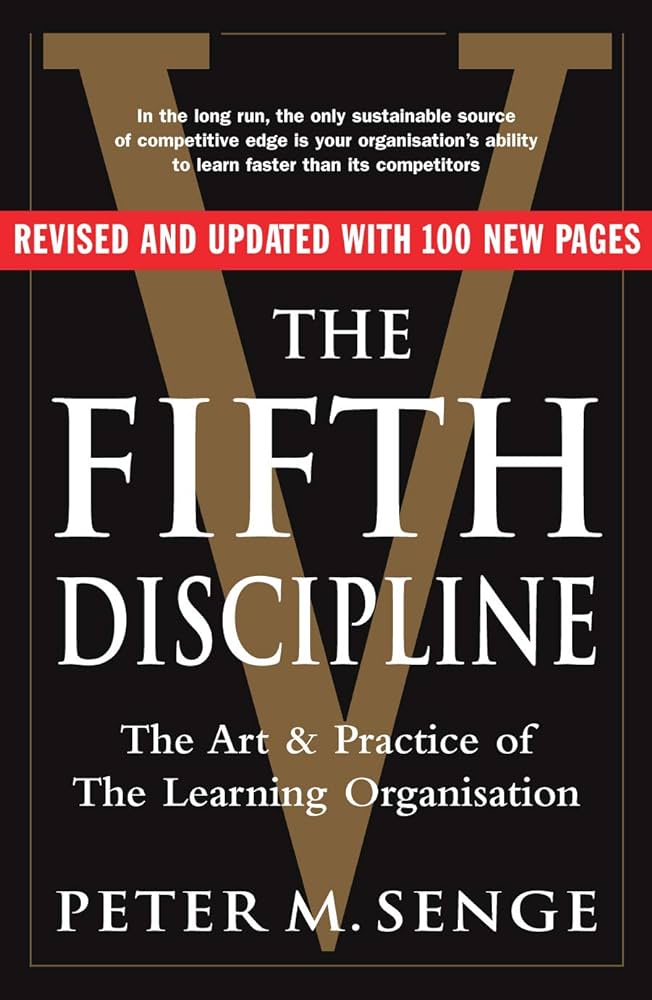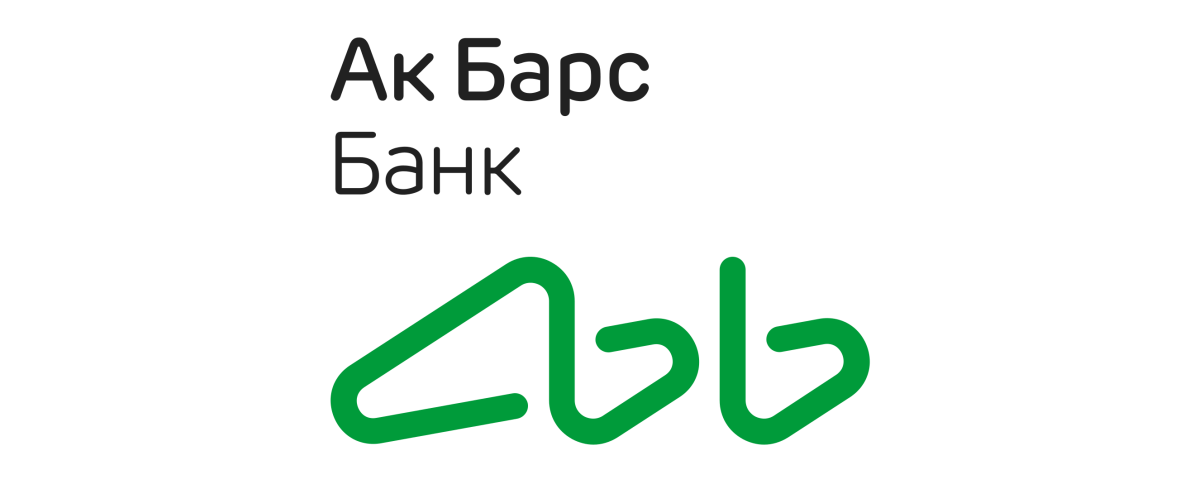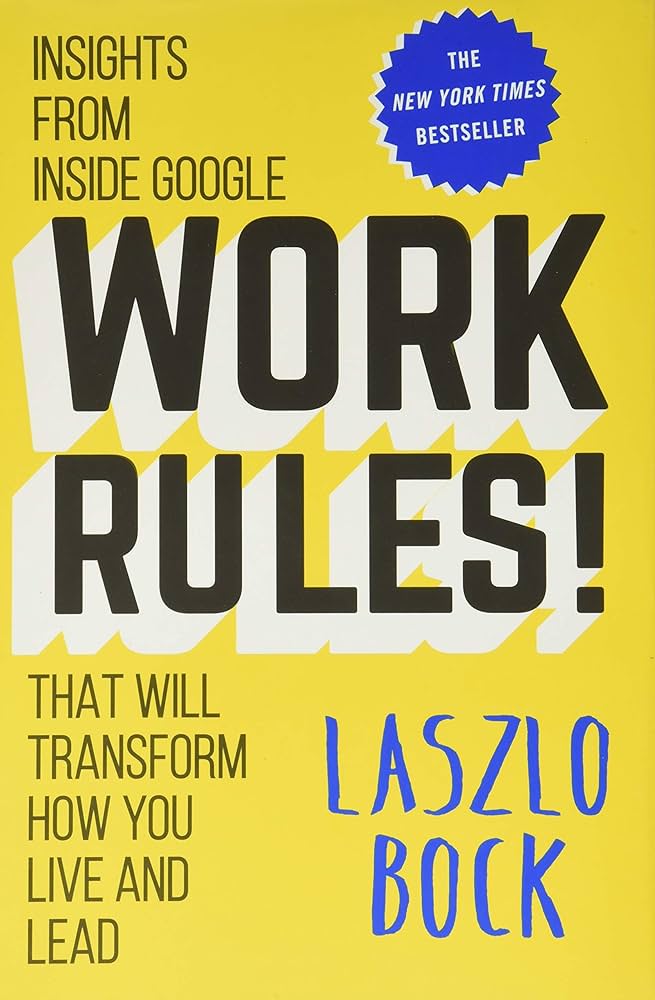The Fifth Discipline: The Art & Practice of The Learning Organization
RATING


“The Fifth Discipline: The Art & Practice of The Learning Organization” is authored by Peter M. Senge, a systems scientist and a senior lecturer at the MIT Sloan School of Management.
The book is a detailed examination of how organizations and other structures — not only the people there — can learn and adapt. Senge presents a framework that he calls the “Fifth Discipline” — a set of practices designed to make organizations more responsive and adaptable. The book delves into the five key disciplines — “Personal Mastery“, “Mental Models“, “Shared Vision“, “Team Learning“, and “Systems Thinking“ (the fifth discipline).
The concept of “Personal Mastery“ involves fostering an environment that encourages personal growth and learning. “Mental Models“ focuses on exploring and adjusting the assumptions and generalizations that influence an organization’s view of the world and its actions. “Shared Vision“ encourages a shared image of the future the organization seeks to create. “Team Learning“ promotes dialogue and skillful discussion where collective thinking is valued greatly. Finally, “Systems Thinking“ integrates the other four disciplines, making an organization a coherent body of knowledge and shared best practices.
The author’s approach revolves around creating an environment that encourages learning and innovation, resulting in the establishment of a “learning organization”. The book is a powerful guide for any organization seeking to excel in a rapidly changing world.
“The Fifth Discipline” is a thoughtful and well-structured book, built on sound principles, and Senge’s ability to synthesize complex ideas and theories into accessible concepts is admirable. It provides a comprehensive guide for transforming an organization into a “learning organization” — one that continually learns and evolves structurally and systematically, paying great attention to this process.
Moreover, the book is peppered with examples that bring the author’s ideas to life — from Iranian Sufi folktales to Leo Tolstoy and business case studies. It provides practical advice and methodologies that can be applied in many an organization. The “Five Disciplines” model is a quite robust framework, making the book a valuable resource for leaders and managers alike.
First of all, the main disadvantage of the book is that it is somewhat dated. While the word “structural” was somewhat frightening to many in the 1980s and the beginning of the 1990s, nowadays this attention to structures and systems permeated throughout the social sciences and the business world, with the majority of organizations paying close attention to it.
Also, the book might come across as overly theoretical and philosophical at times, making it challenging for those seeking practical, actionable insights. Some readers may find the extensive discussion on systems thinking, a cornerstone of the book, a little abstract.
Finally, while Senge’s approach is well-structured, it assumes a perfect organization where all members are willing to learn and change. In reality, resistance to change is common in organizations, and this isn’t sufficiently addressed in the book.
As Senge makes clear, in the long run the only sustainable competitive advantage is your organization’s ability to learn faster than the competition. The leadership stories demonstrate the many ways that the core ideas of the Fifth Discipline, many of which seemed radical when first published, have become deeply integrated into people’s ways of seeing the world and their managerial practices.
Senge describes how companies can rid themselves of the learning blocks that threaten their productivity and success by adopting the strategies of learning organizations, in which new and expansive patterns of thinking are nurtured, collective aspiration is set free, and people are continually learning how to create the results they truly desire.
Mastering the disciplines Senge outlines in the book will:
- Reignite the spark of genuine learning driven by people focused on what truly matters to them
- Bridge teamwork into macrocreativity
- Free you of confining assumptions and mindsets
- Teach you to see the forest and the trees
- End the struggle between work and personal time
“The Fifth Discipline” is a great and valuable read for leaders, managers, consultants, and academics interested in organizational learning and change. It can also benefit anyone interested in leadership and management theory, or just looking to develop their mind.
For more insight into organizational learning and change management, check out more up to date 2021 book by Damon Centola “Change: How to Make Big Things Happen!” (Senteo review).

The book primarily falls under the research category, providing a comprehensive view of how organizations can become adaptive and responsive to change. It is also a good strategic a tactical guide for creating “learning organizations” that are able to thrive in our ever-changing world.
See content on this topic


Understand the value of a customer-oriented analytics package and how behavioral scenarios can be used to improve profitability through influencing behavior and usage.
To understand the principles of game dynamics and learn how to effectively use the elements of gamification in business: to involve customers, employees and contractors in the process.
Understanding branding and communications from the standpoint of emotional engagement and building relevant and meaningful dialogue with customers.
This course covers a complete view of customer touch points (both physical and virtual) and a unique model for standardizing and managing customer contact models across channels including approaches for customer feedback, quality management, and migration.
Experiential Branding & Communications – Improving Brand Integration Through Emotional Engagement.
This course covers a complete view of customer touch points (both physical and virtual) and a unique model for standardizing and managing customer contact models across channels.
Sales training for front line along with basic development and coaching principles for line management.
Understanding how leaders must evolve with relation to the evolution of business models, new management models, and the significant changes to the workforce with Digital Natives now making up more than 50% of the workforce globally.
Understand the theory and mechanics of developing and managing a customer-centric and experience-driven corporate culture that is consistent and stable and includes elements of Employee Experience (EX) and Employee Relationship Management (ERM).
Understanding the evolution of leadership styles, management models, organizational structures, performance measurement and guiding change in the evolution of business models from product-centric to customer-centric and even relationship-centric.
Understand how to manage both internal and external digital transformation while considering the landscape for digital business models and the effect on traditional business models. Understanding organizational readiness for transformation and the role of corporate culture in managing transformations.
The changes in consumer behavior, employee behavior, and the evolution of business models in the digital age cause significant difficulties and imperatives for leaders who must develop new skills and evolve their leadership styles to be effective in this fast changing, challenging, and competitive environment.
Understanding how leaders must evolve with relation to the evolution of business models, new management models, and the significant changes to the workforce with Digital Natives now making up more than 50% of the workforce globally.
Understand how to manage both internal and external digital transformation while considering the landscape for digital business models and the effect on traditional business models. Understanding organizational readiness for transformation and the role of corporate culture in managing transformations.
The changes in consumer behavior, employee behavior, and the evolution of business models in the digital age cause significant difficulties and imperatives for leaders who must develop new skills and evolve their leadership styles to be effective in this fast changing, challenging, and competitive environment.
Understanding how to design & manage change/transformation programs in organizations of different sizes. This course will help any size team or organization to better deal with change & transformation on any scale.




 Copy Link
Copy Link
 E-mail
E-mail
 LinkedIn
LinkedIn
 Facebook
Facebook
 Telegram
Telegram
 WhatsApp
WhatsApp















 Go Back
Go Back
Leave a Reply
You must be logged in to post a comment.